Pelle the Conqueror
8.8 /10 1 Votes
100% Rotten Tomatoes Story by Martin Andersen Nexo Country DenmarkSweden | 7.9/10 IMDb 3.5/4 Roger Ebert Genre Drama Duration | |||||||||||||||||||||||||||||||||
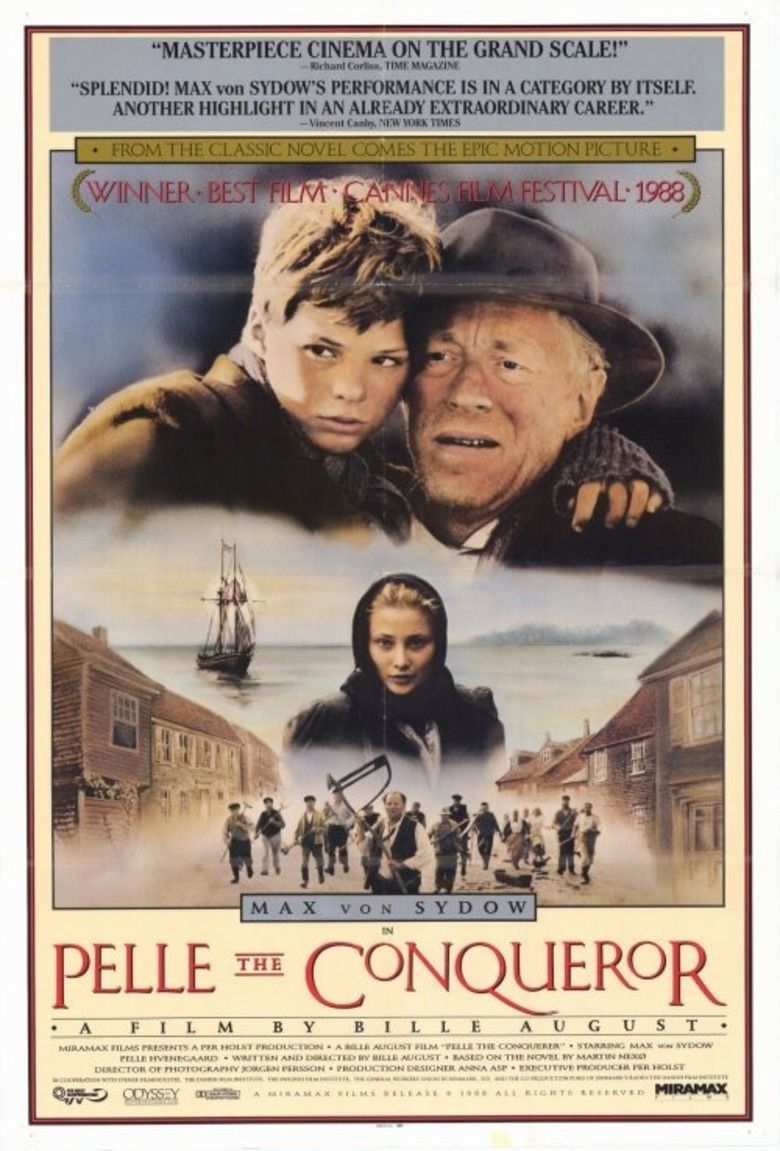 | ||||||||||||||||||||||||||||||||||
Language ScanianDanishSwedish Release date 25 December 1987 (1987-12-25) Based on Pelle Erobreren by Martin Andersen Nexo Initial release December 25, 1987 (Sweden) Genres Drama film, Coming-of-age story Cast (Pelle), (Lassefar), (Forvalter / Foreman), (Erik), Kristina Törnqvist (Anna), (Fru Kongstrup / Mrs. Kongstrup)Similar movies Sinan's Wedding , The Keeper of Lost Causes , After the Wedding , Stolen Spring , Vilddyr , At Night | ||||||||||||||||||||||||||||||||||
Pelle the Conqueror (Danish: Pelle Erobreren, Swedish: Pelle erövraren) is a 1987 Danish-Swedish drama film co-written and directed by Bille August, based upon the famous 1910 novel of the same name by Danish writer Martin Andersen Nexø. The film was critically acclaimed, winning the Palme d'Or at the 1988 Cannes Film Festival, the 1988 Academy Award for Best Foreign Language Film and numerous other awards.
Contents
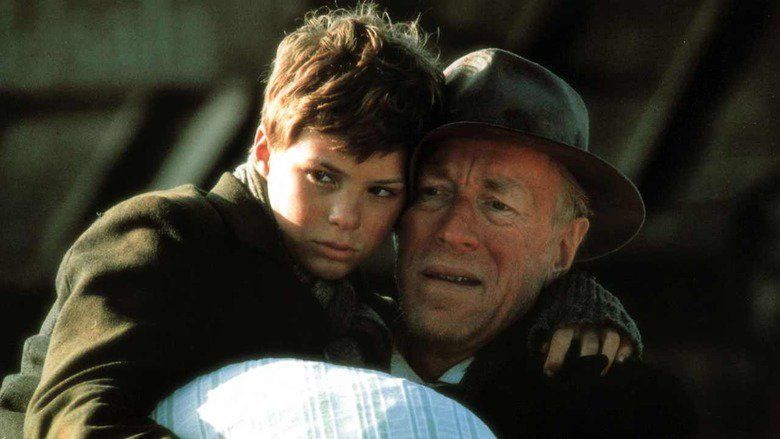
The film tells the story of two Swedish immigrants to Denmark, a father and son, who try to build a new life for themselves. It stars Pelle Hvenegaard as the young Pelle, with Max von Sydow as his father, and also features Axel Strøbye and Astrid Villaume.
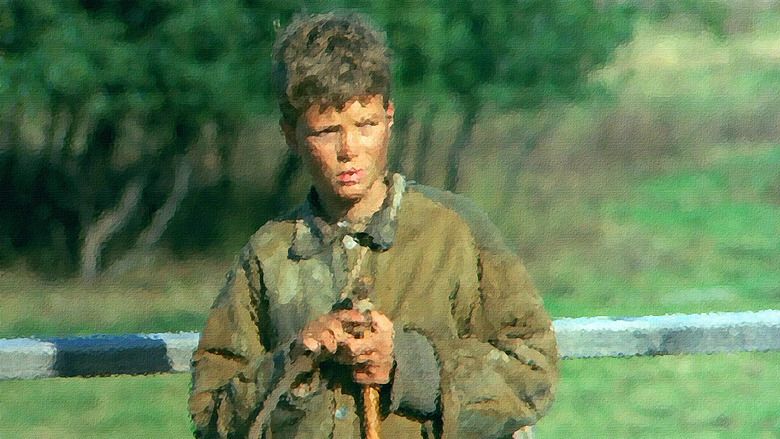
Pelle the conqueror trailer
Plot
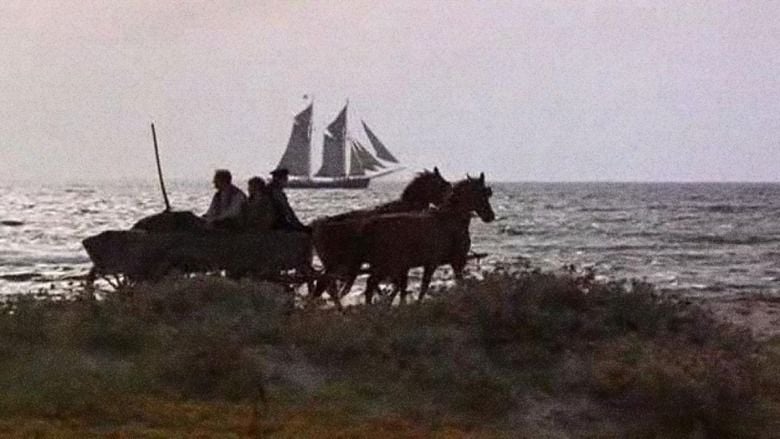
In the late 1850s, the elderly emigrant Lasse Karlsson and his son Pelle arrive to the Danish island of Bornholm from Skåne County, in southern Sweden. Lasse tells Pelle a better life awaits them in Denmark after the death of Pelle's mother, and seeks work. He immediately finds it difficult to find employment, given his advanced age and Pelle's youth. The most they can find is work at a large farm, where they are generally mistreated by the managers. The managers work under the tyrannical Kongstrup, who has a history of affairs leading to illegitimate children. One of them is Rud, who befriends Pelle and helps him learn Danish. Eventually, Pelle becomes more confident in his work at the farm, and begins going to school, though he is still discriminated against as a foreigner. Pelle also befriends the Swedish worker Erik, constantly harassed for alleged sloth. Erik shares his dream of visiting America, China and "Negroland" with Pelle, to "conquer" the world.
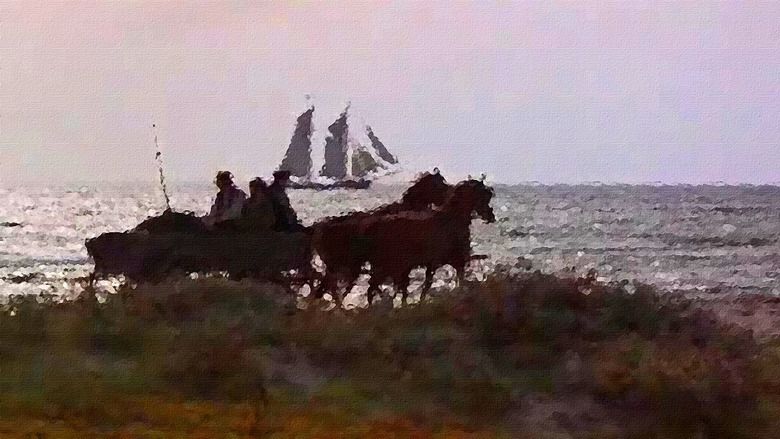
Lasse begins an affair with Mrs. Olsen, who is believed to be a widow since her husband has not returned from a long sea voyage. Pelle consequently faces ridicule at school for being the son of a lecher. Erik is also injured and rendered disabled after attempting to lead a mutiny against management. Mrs. Olsen's husband returns from his voyage, and Lasse is overcome with depression and alcoholism. The two appeal to the Kongstrups for aid against their harassment, with the benign Mrs. Kongstrup offering support, while her husband, who she has castrated for his abuse, is largely silent. Pelle is initially given a promotion, but upon seeing Erik removed from the farm, vows to leave. Lasse at first resolves to go with him, before deciding he is too old to travel, and sends Pelle alone into the world.
Development
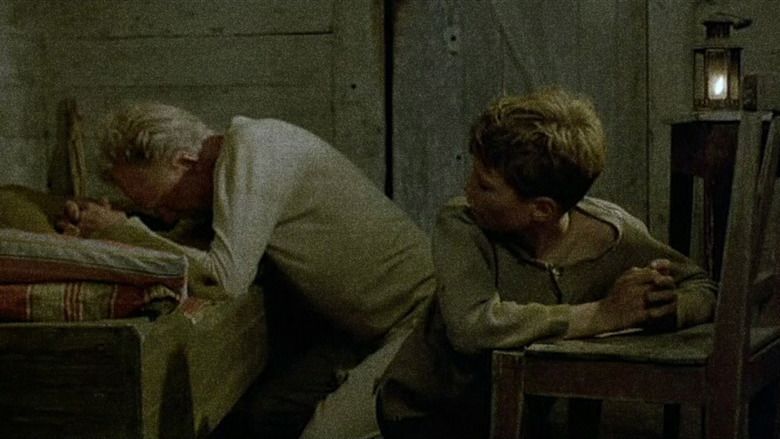
The film, based on the 1910 novel of the same name by Martin Andersen Nexø, was co-production by Danish and Swedish companies. With the story involving Danish and Swedish elements, cooperation between producers in both countries had practical benefit.
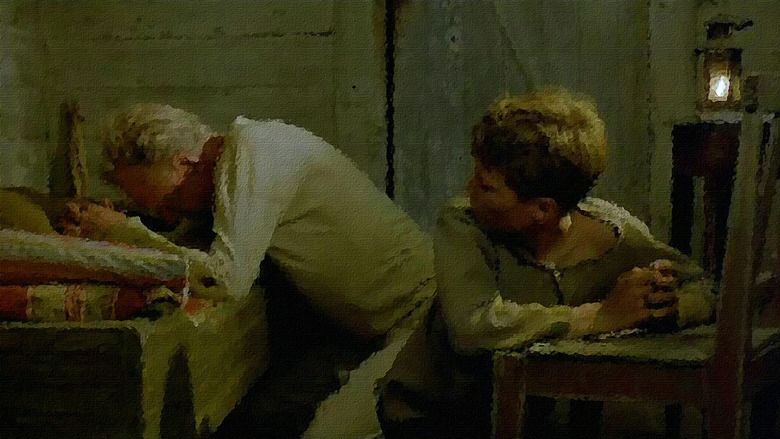
The screenplay, by director Bille August, Per Olov Enquist, Max Lundgren, and Bjarne Reuter, adapted only the Boyhood part of Nexø's four-volume work. August decided to film the novel because it is considered essential reading in Denmark, and out of desire to make an epic film.
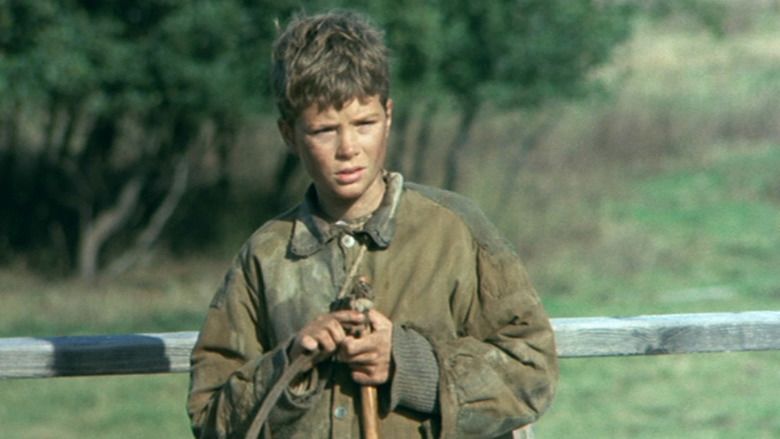
For the title role, Pelle Hvenegaard, who was 11, was cast after August and the crew auditioned 3,000 children. August ruled out hundreds of the children for having ambitious mothers, and decided on Hvenegaard, who he said demonstrated concentration, patience and self-control. He was coincidentally named after the character in Nexø's book.
Filming
The film marked the first collaboration between production designer Anna Asp, who had previously worked on Offret (1986), and August, who had attended a Stockholm school of photography with her. Asp said that in designing the house seen in Pelle the Conqueror, she wanted to evoke a prison, and thus built the walls and painted them black and white.
Filming took place for nearly six months. Its budget of $4.5 million, secured from the Danish and Swedish film institutes, made it one of the most costly films made in the Scandinavian countries.
Release
The film was screened in the Cannes Film Festival in May 1988, and subsequently at the New York Film Festival in September 1988. The film's awards attracted the attention of foreign distributors, with Miramax releasing it in the United States.
Buoyed by the Academy Award recognition, Pelle the Conqueror grossed $2,053,931 in North America, a "respectable" figure for a foreign film. The film had a re-release at Golden West College in Los Angeles in March 1993.
Critical reception
Pelle the Conqueror was released to critical acclaim in the U.S. Roger Ebert gave it three and a half stars, comparing it to Jan Troell's The Emigrants (1971), saying Max von Sydow's Oscar nomination was "well deserved" and the novice Pelle Hvenegaard "never steps wrong." Vincent Canby, writing for The New York Times, called it "a vividly re-created, minutely detailed panorama of a particular time," and said it was a "scandal" that Von Sydow did not win Best Actor at Cannes. Peter Travers, writing for People, said that Von Sydow exhibited "wrenching simplicity and power," but the film "is maddeningly mediocre." Swedish director Ingmar Bergman told August he saw the film seven times, choosing August to direct the film The Best Intentions.
Mark Chalon Smith, writing in The Los Angeles Times in 1993, praised the film as faithful to the novel and said "Cinematographer Jorgen Persson ... captures several memorable images of the starkly beautiful Danish terrain." Time Out wrote "Despite occasional lapses into sentimentality, the film is saved by its performances and its uncluttered depiction of harsh impoverished lives," particularly praising von Sydow. In 2004, The New York Times placed the film on its list of "the Best 1,000 Movies Ever Made." Sarah Lutton, writing for the British Film Institute, named Pelle the Conqueror one of "10 great Danish films" and called Van Sydow "extraordinary." Van Sydow later also called it "a very beautiful film." The film holds an 86% rating on Rotten Tomatoes based on 22 reviews.
Accolades
Pelle the Conqueror won the Palme d'Or at the 1988 Cannes Film Festival The film also won the Academy Award for Best Foreign Language Film, 1988; it was submitted to the Academy by the Danish government, giving Denmark its second consecutive win after Babette's Feast. The Oscars ceremony also marked Max von Sydow's first nomination for the Academy Award for Best Actor.
References
Pelle the Conqueror WikipediaPelle the Conqueror IMDbPelle the Conqueror Rotten TomatoesPelle the Conqueror Roger EbertPelle the Conqueror themoviedb.org
